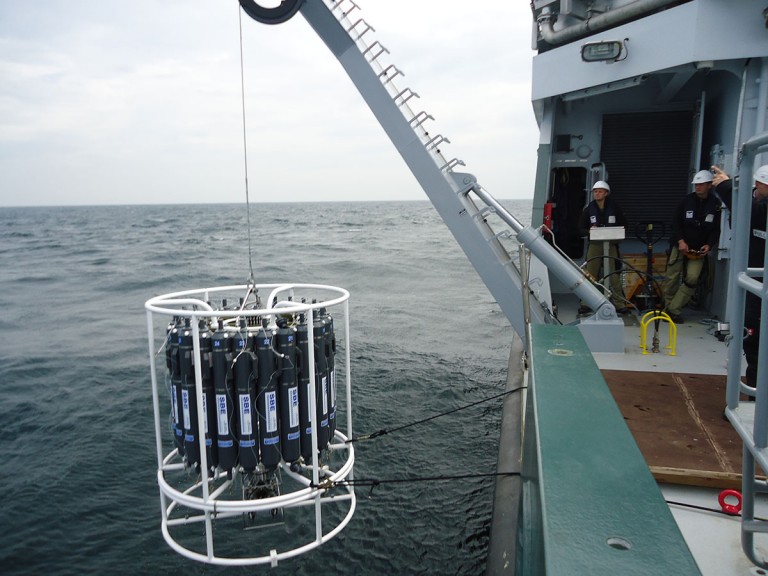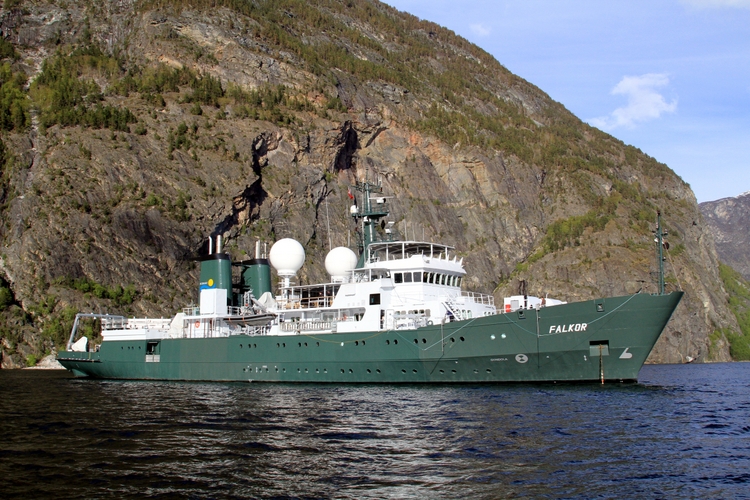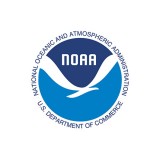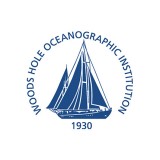As part of the planned series of shake-down cruises in the Gulf of Mexico, research vessel Falkor, the flagship of the Schmidt Ocean Institute, departed from St. Petersburg, Florida on August 26, 2012 for 12 day long ROV field trials that concluded in Pascagoula, Mississippi on September 6, 2012. This cruise focused on the development of safe practices and standard operating procedures for the deployment and operation of remotely operated underwater vehicles (ROVs), as well as for the ROV data and video management and distribution onboard. Testing and calibration of R/V Falkor oceanographic instruments continued through the rest of 2012.
Schmidt Ocean Institute invited scientists from NOAA’s Deep Sea Coral Ecology Program, Temple University, and Woods Hole Oceanographic Institution to participate in this cruise to provide realistic research context for the planned field trials. Participating researchers described coral community characteristics, obtained specimens for shoreside laboratory analysis, and collected water samples that would help better understand the effects of ocean acidification on deep-sea coral communities.
Dr. Peter Etnoyer of NOAA’s National Center for Coastal Ocean Science was invited to serve as a Chief Scientist for this cruise. Dr. Etnoyer stated that his main objective for this cruise would be to “find, document, and collect deep-sea corals and their associated invertebrates like sea stars, shrimp, and crabs” as well as “document water chemistry in and around deep-sea coral habitats.”
Research objectives of Dr. Etnoyer and his team were accommodated, where logistically possible, as part of the planned Schmidt Ocean Institute field trials of the ROV Global Explorer MK3 onboard R/V Falkor. The Global Explorer is a remotely operated underwater vehicle capable of operating in water depths down to 3000 meters. It has a manipulator arm, 2D and 3D cameras, a slurp gun for collecting samples, thermally insulated drawers to contain animal specimens, and other features that Dr. Etnoyer and his team used in support of their research. Seven water sample collection bottles were attached to the Global Explorer to collect water from near seafloor, and a 24-bottle CTD rosette was operated from R/V Falkor to collect water samples throughout the rest of the water column. Collected water samples and measurements provided valuable data on temperature, pH, dissolved oxygen, and calcium carbonate in the sea water. The researchers will use these data to gain insight into the effects of ocean acidification upon the deep-sea corals and other marine calcifying organisms.
Several members of Dr. Timothy Shank’s laboratory from the Woods Hole Oceanographic Institution also joined the cruise. Ph.D. Candidate Santiago Herrera and Research Assistant Catriona Munro participated in the cruise to continue their current research on corals and their symbionts, as well as animals that live on and with the corals. Specifically, Dr. Shank and his team wanted “to see if the corals and their symbionts in the DeSoto Canyon area are more similar to those in the deep Atlantic than to the more proximal Gulf of Mexico species.” Dr. Shank’s team accomplished this by sampling old and new deep-water coral sites to look for patterns of host-symbiont relationships, as well conducted gene flow studies to determine potential migration patterns in the Gulf of Mexico.
As much is still unknown about deep-submergence science, Dr. Shank states that ships like the R/V Falkor are “necessary to bring expertise to bear on new and exciting questions and discoveries.”
Also joining the cruise was Dr. Erik Cordes from Temple University with his students Jay Lunden and Conall McNichol. Dr. Cordes focused on the response of gorgonian corals to the presence of oil and other dispersants, as well as determining the current state of ocean acidification on corals in the Gulf of Mexico. Dr. Cordes collected live samples of Lophelia using the Global Explorer MK3 ROV and brought the samples back to his lab, where they were subject to further ocean acidification experiments. This cruise marked the first time Dr. Cordes was been on board the R/V Falkor: “I have never been on a new ship like this before, so I am excited for the opportunity.”
Of the R/V Falkor and her crew, Dr. Etnoyer says, “The Deep-Sea Coral Ecology Laboratory at NOAA’s National Centers for Coastal Ocean Science is proud to partner with Schmidt Ocean Institute and honored to take part in the ROV shakedown of the R/V Falkor with Deep-Sea Systems International. This is a great team, and a research vessel with a bright future.”
2014 Cruise Update
The Gulf of Mexico Fisheries Management Council has recently recommended that deep-sea coral aggregations at the sites along the West Florida Escarpment be protected as part of the coral Habitat Areas of Particular Concern (Coral HAPC). If the recommendations are adopted, all bottom contact fishing gear will be restricted in order to sustain the fragile corals observed during this 2012 Falkor Expedition.
Multibeam data from FK-008T catalyzed the 2015 exploration of Mesoamerican Reef by EV Nautilus and ROVHercules, supported by Ocean Exploration Trust. Nautilus devoted six days to mapping and exploration of nearby Belize, partly due to the success of SOI sponsored research activities in Roatan. EV Nautilus intended to dive and explore the Roatan sites mapped by Falkor, but an equipment failure caused four days to be lost, and Roatan was subsequently dropped from the itinerary.
by Jimmy Mack and edited by Victor Zykov
Data & Publications
The resulting bathymetric data from the multibeam mapping of the West Florida Escarpment using Falkor’s Kongsberg EM302 and EM710 is being stored at, and is downloadable from, NOAA’s National Geophysical Data Center. The multibeam mapping was conducted August 27 – September 1, 2012, with Falkor departing from St. Petersburg, FL and returning to Pascagoula, MS.
The Deep-Sea Coral Habitats Progress Report, provides a summary of research activities conducted by Dr. Peter Etnoyer (NOAA) and his laboratory staff under a long-term Memorandum of Agreement between Schmidt Ocean Institute and NOAA’s National Centers for Coastal Ocean Science.
Carbonate data from collected waters samples is archived at BCO-DMO.
- Georgian, S., DeLeo, D., Durkin, A., Gomez, C., Kurmann, M., Lunden, J., Cordes, E. (2016). Oceanographic Patterns and Carbonate Chemistry in the Vicinity of Cold–water Coral Reefs in the Gulf of Mexico: Implications for Resilience in a Changing Ocean. Limnol Oceanog 61: 648-665. doi:10.1002/lno.10242.
- Etnoyer, P., Wagner, D., Fowle, H., Poti, M., Kinlan, B., Georgian, S., and Cordes, E. (2017). Models of Habitat Suitability, Size, and Age-class Structure for the Deep-sea Black Coral Leiopathes Glaberrima in the Gulf of Mexico. Deep Sea Research Part II: Topical Studies in Oceanography, doi: 10.1016/j.dsr2.2017.10.008. [This article is published as OPEN ACCESS].
- Etnoyer, P., Messing, C., Stanley, K., Baumiller, T., Lavelle, K., and Shirley, T. (2022). Diversity and Time-series Analyses of Caribbean deep-sea Coral and Sponge Assemblages on the Tropical Island Slope of Isla de Roatan, Honduras. Marine Biodiversity, 52(8), doi: 10.1007/s12526-021-01255-z. [This article has been published as OPEN ACCESS with support from SOI].
In the News
Expanding Understanding of the World’s Oceans
Hydro International Vol 17
Graduate Student Creates First High-Res Maps of Deep-Sea Reefs
College of Charleston Graduate School Blog





